Bass Soloing Studies Vol. 1
Creative & Harmonic Approaches for Soloing on Bass Guitar
Bass Soloing Studies will lead you to a greater understanding of your fingerboard, (i.e. teaching you where the notes are), teach you the concept of relative major and minor and how to use that information, build your chops and fluidity with moving up, down and across the neck and give you strong concepts to use in soloing. Regardless of what style/s of music you play, this course will be invaluable to you as a way to get started soloing on your bass!
”In this first module of the series, we’ll be examining relative major and minor pentatonic scales and applications for their use in soloing and improvisation. All of the exercises and solo studies in this course will be limited to only the notes the pentatonic scale, so we can really dig deep into it and mine it for its maximum potential.”
Recording and performing artist, master bass player, and passionate educator Jeff Denson received his Master of Music in Jazz Studies from Florida State University and his Doctorate of Musical Arts in Contemporary Music Performance from the University of California. Jeff’s “bandstand” credentials includes 11 albums as leader/co-leader and over a dozen more as a featured sideman - four with Konitz (including live recordings at the Village Vanguard and Birdland). Over the past 15 years, he has shared the bandstand with an impressive array of musicians including Anthony Davis, Mark Dresser, Joe Lovano, Jane Ira Bloom, Kenny Werner, Dave Douglas, Bob Moses, Giacomo Gates, Howard Alden and many more.
”I chose to start with the pentatonic scale because chances are, this is familiar to most of you since it’s widely used across many (if not all) styles of music around the world. We’ll be exploring all of the pentatonic shapes up and across the neck in six positions, which will allow you to solo without being tied to a root position shape.”
Jeff organized the course into 3 sections. In the first section, Jeff covers one and two octave pentatonic scales with demonstrations and practice sessions. In the second section, Jeff guides you through six positions for minor and major layouts and then illustrates each with improvisational soloing demonstrations and practice sessions.
In the third and final section of the course, Jeff performs and then breaks down 5 soloing performance studies across a variety of keys and feels.
Soul Change
”Here we have a track that’s got us jamming in E minor…something that we’ve all probably done before. We have three bars of E minor and then the fourth bar is B7. B7 in the key of E minor is the five chord (V7). The V chord has a special function in harmony, and that is to push to resolve back to the home key, (in this case, E minor).“
Neo Soul
”In this next track we’re going playing over a four-bar sequence with three chord changes: E-11, Em11, B-11 & A-11. What is a minor 11th chord? When you see a chord symbol with numbers above the 7th, like the 9th, 11th or 13th, unless otherwise marked, it means that it contains all the extensions below it. Sticking with our topic, I will be using the minor pentatonic from each of the roots and their relative majors. (I.e. E minor and G major, B minor and D major and A minor and C major).“
12-Bar Blues Shuffle in E
”Here is a traditional blues progression where we are dealing with only three chords: I7, IV7 and V7. (In this key that’s E7, A7 and B7.) For the purposes of our study, I will only solo using the major pentatonic scales from the root of each of these chords: E, A and B, as well I could use their relative minor pentatonic scales as well. E major – C# minor, A major – F# minor and B major – G# minor. (As we know by this point, the relative major and minor pentatonic scales are the same notes, but you can affect the “color” of your melodies by emphasizing either the major or minor over the chord.“
Jazzy Two Five in C
“This next example will be over a ii-V7-Imaj7 progression in the key of C. The 2-5-1 progression is the most common chord sequence found in the straight-ahead jazz harmonic language. You’d be hard pressed to find a jazz tune without this progression until Miles Davis started experimenting with modal jazz in the late fifties. (Like the composition “Miles,” which was later retitled “Milestones” on the later releases of the album, Milestones in 1958, but he really jumped into modal harmony most notably on the album Kind of Blue in 1959.“
Jeff will explain and demonstrate all of the key concepts and approaches along the way. You’ll get standard notation and tabs for all of the key studies. Plus, Jeff includes all of the rhythm tracks for you to work with on your own. In addition, you’ll be able to loop or slow down any of the videos so that you can work with the lessons at your own pace.
Grab your bass and let’s solo with Jeff Denson!
Instant Download + Streaming
Price $29.99
Disc + Download + Streaming
Price $49.99
Course Contents
Features:
Multi-Angle Videos
Slo-Motion
Looping
Progress Tracking
Includes:
27 Charts (.pdf)
6 Jam Tracks (.mp3)
27 Tabs (.gp5 or .ptb)
1 hr, 30 mins of Video (.mp4)
Download Size: 770.5 MB

